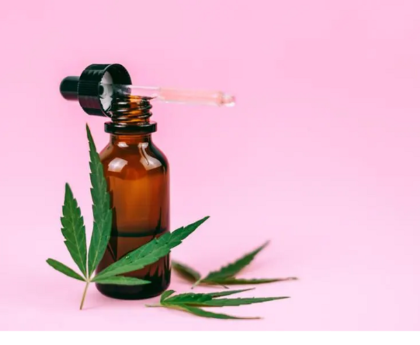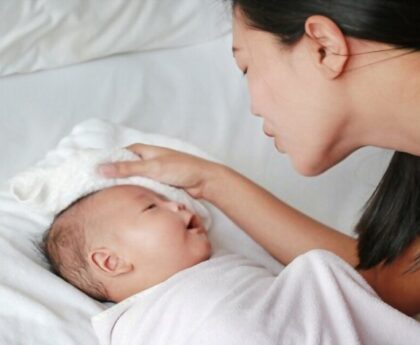Enuresis or urinary incontinence consists of the repeated emission of Urine involuntarily during the day or in bed at night. To be considered a disease, it must occur at least twice every day for a minimum of three consecutive months and in children over four years of age.
It is usually more frequent in males aged five and appears more frequently at night. However, Enuresis is not usually triggered as a result of another disease, such as diabetes or narcolepsy, among others, or by taking substances such as diuretics.
Even though it is a relatively common disorder, the Spanish Association of Pediatrics indicates that not many epidemiological studies have been carried out on this disease. However, almost all the data agree that the incidence decreases as the child grows.
Causes
Nocturnal Enuresis occurs mainly because the child is fast asleep and does not wake up when his bladder is full and needs to be emptied. In most cases, this pathology is hereditary, so if one of the parents has had Enuresis during childhood, the chances that her children will also have it are high.
Other causes may be sleep disturbance, not having learned to control urination well during the first years of learning, or having some other pathology.
Stressful situations can also cause the appearance of Enuresis, primarily secondary. These can be divorce or separation of parents, the death of a family member, a change of residence, the birth of a sibling due to accidents and surgeries, sexual abuse, hospitalisations, etc.
In addition, children who live in broken homes or with few economic resources are also more likely to suffer from bedwetting.
Symptoms
The main symptom of bedwetting is the involuntary loss of urine, several times throughout the night, a period in which they can be very abundant.
Difficulty waking up and constipation may occur in some children with nocturnal Enuresis.
Types
According to the Spanish Association of Pediatrics, it can be classified as only nocturnal if the emission of urine occurs only during sleep (the most frequent); daytime only, if the involuntary urination occurs during waking hours or at night, and day, if it is a combination of both. In addition, two types are distinguished:
Primary Enuresis
When a child first develops primary Enuresis, they can never hold urine. This form is more frequent in males, between 1.5 and 2 times more than in girls, and usually decreases as the child grows.
Secondary Enuresis
Secondary Enuresis arises when the child has had a period of continence, usually between six months and a year, and has subsequently had a relapse that lasts at least six months. This recurrence may be due to situations the child is living in that cause stress, such as divorce or separation of parents.
Diagnosis
The diagnosis of Enuresis begins with a clinical interview with the patient. It will allow information to be obtained about the disease (presence of constipation, haematuria, Daytime retention capacity, headache, volume of urine emitted by the child, etc.), the characteristics of Enuresis (primary or secondary, frequency of nights with episodes, the time they occur, ease of awakening, etc.), presence of factors that favour the disease (family history or conflicts, for example) and the attitude of the parents (rewards or punishments).
After that, the expert will conduct a physical examination and may order tests such as urinalysis and urine culture to confirm a urine infection if the difficulties are harmful, such as malformations or nervous problems.
Suppose the Enuresis is not only nocturnal, but the patient also has incontinence problems during the day. In that case, a more exhaustive clinical examination should be carried out that includes a renal ultrasound, an intravenous urography (IVU) and x-rays with the contrast of the bladder and urethra (cystourethrography).
If the patient has secondary nocturnal Enuresis, the chances that it appears as a result of some organic problem, such as a urinary infection, is much greater. In addition, if you have intestinal symptoms, the specialist will likely order additional studies to confirm the diagnosis.
Treatments
In a large percentage of children, bedwetting resolves spontaneously before the age of 6 years.
The best treatment to avoid this incontinence is for the patient to follow routines such as urinating before bed, keeping track of the nights that the mattress is wet or not, and not drinking liquids two or three hours before bed (exceedingly soft drinks). With caffeine).
In addition, there are bedwetting alarms, which wake the child up with a thunderous sound. It is a humidity detector with an efficiency of 70 per cent. Once the problem seems solved, it is advisable to continue using it for up to three weeks after the last incontinence.
Finally, there are also pharmacological treatments. The use of desmopressin, which decreases fluid volume during sleep, or oxybutynin, which works by increasing bladder capacity, is recommended. Imipramine should be used as a last resort if the previous treatments do not achieve good results due to its side effects.
Prevention
- The best way to prevent bedwetting is to educate the child to control urination well during the learning years.
- Experts recommend that they start by setting the frequency with which they have to go to the bathroom and not getting it up at night if the child does not ask to go to the bathroom.
- Other recommendations include not removing the diaper before 24 months or extending its use beyond three years.
- Enuresis is a benign disorder that tends to disappear as the child grows.
Recommendations for parents
- Enuresis is a benign disorder that tends to disappear as the child ages, but a series of guidelines can help reduce its intensity.
- Reduce fluid intake before going to bed.
- Do not scold him when he wets the bed and avoids feeling guilty to prevent him from developing emotional problems.
- Positively reinforce the child to increase his self-esteem.





